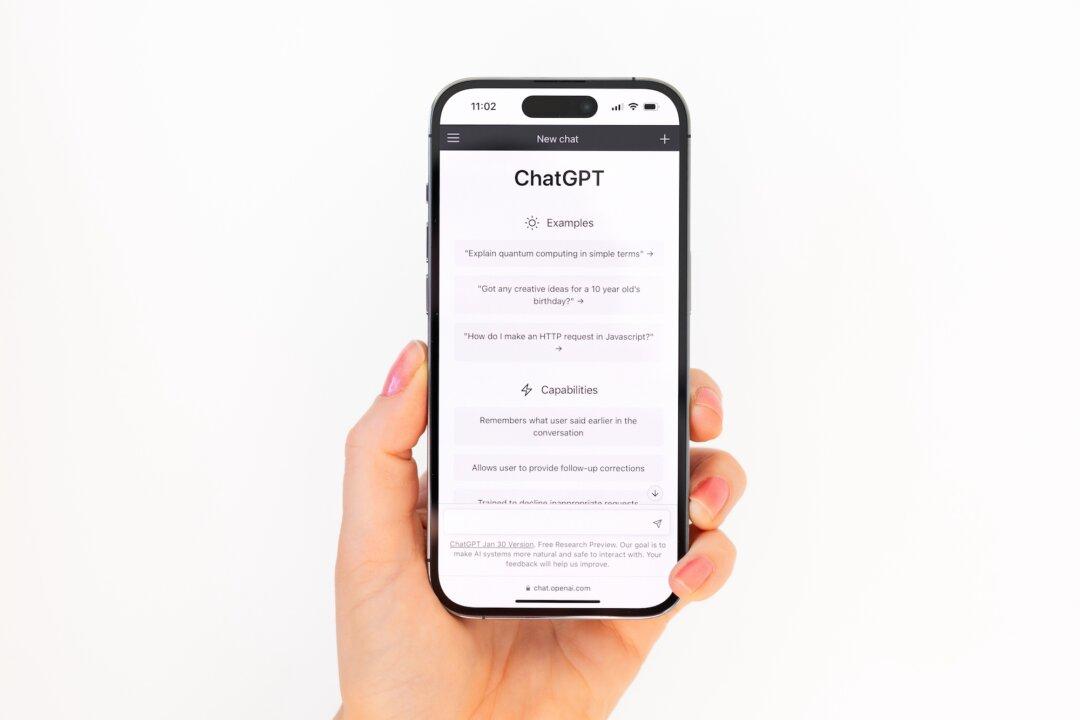Evernote. OneNote. Notability. Agenda. Ulysses. Supernote. Mobiscribe. Day One. Moleskine Journey.
Oodles of note-taking apps now populate the Mac and Windows ecospheres, while an ever-swelling array of tablets, laptops, and e-ink notepads have sprung up on which to use them. The lot seems to grow only more feature-rich—and attractive—by the day. (I’ve taken more than my fair share for a spin, admittedly.)





